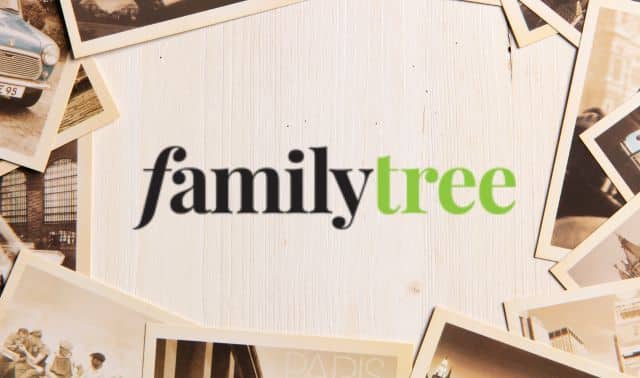Sign up for the Family Tree Newsletter! Plus, you’ll receive our 10 Essential Genealogy Research Forms PDF as a special thank you.
Get Your Free Genealogy Forms
"*" indicates required fields
If you’ve ever read The Jungle (available free on Project Gutenberg), author Upton Sinclair’s 1906 novel describing Chicago’s meatpacking industry, then you may have tried to imagine what it was like to work in that industry in the early 20th century. Roxanne Munn’s photos provide an glimpse into how meat made it to our ancestors’ dinner tables.
Above, Munn’s great-grandfather Frank Woletz stands with his hands on the counter, furthest forward on the right. His supervisor stands on the other side of the table. He’s the man in the coat, tie and hat. The rest of the workers wear leather aprons to protect their clothes while preparing meat for market. In the background are carcasses. Woletz worked at Drummond’s Meat Cutting Plant in Eau Claire, Wis.
Canadian immigrant David Drummond established his meat packing business in 1873. Forty years later it was the largest plant of its type in northwestern Wisconsin.
In this image, Marie Woletz, Roxanne’s great-aunt, sits second from the right in the sausage preparation room. On the left is a ranch full of hanging sausages. Typical outfits for women working in this industry were leather aprons and white muslin caps.
Roxanne is trying to find out who else is in the photos. She’s also posted them on the Wisconsin GenWeb site hoping for more identifications. If you had an ancestor who worked at Drummond’s, you might recognize one of the faces.
These images are not your typical family photo. It’s the type of photo taken by factory owners, labor activists and government investigators. I’d love to know who took the images and for what purpose. I’m looking for additional images taken at the plant.
Solve your family photo mysteries with these books by Maureen A. Taylor:






